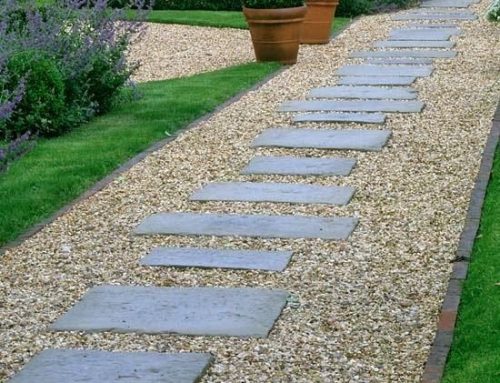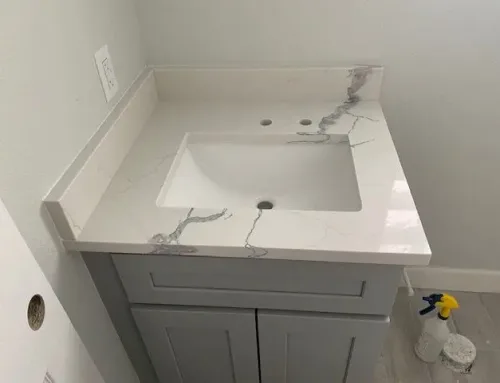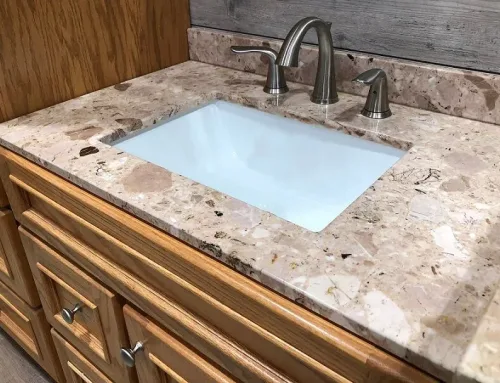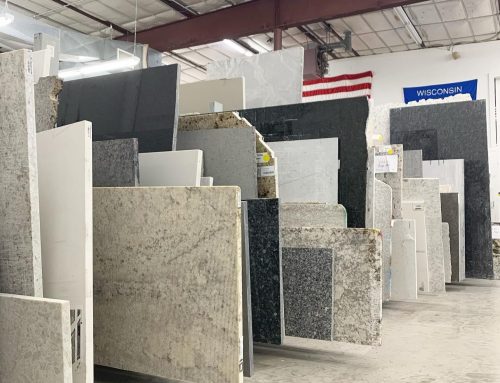Marble fabrication is the meticulous process of transforming raw marble slabs into stunning finished products, such as countertops, flooring, wall panels, fireplaces, and other architectural features. Known for its timeless beauty, elegance, and durability, marble has been prized in construction and decoration for thousands of years. But behind every gorgeous marble piece is a precise, detailed, and skill-intensive process known as marble fabrication.
Understanding Marble Fabrication
Marble fabrication involves several key stages, each requiring skilled craftsmanship and modern technology. The main steps typically include selection, templating, cutting, edging, polishing, and installation. Here’s a closer look at each stage:
1. Marble Selection
The fabrication process begins with selecting the right marble slab. This involves choosing marble based on color, veining, pattern, and durability. Natural marble slabs are quarried from the earth, meaning each slab has a unique appearance. Clients often visit a showroom or stone yard to choose their slabs firsthand, ensuring the final product aligns with their aesthetic vision.
2. Templating
After selection, professionals create precise templates that outline the dimensions and shapes required for the finished marble product. This process typically involves digital laser templating, which ensures accurate measurements and reduces waste. Templating is crucial for projects like countertops or custom designs where exact specifications are essential.
3. Cutting
Once templating is complete, marble slabs are carefully cut using advanced cutting technologies such as diamond-blade saws, water jets, or CNC (computer numerical control) machines. Precision is vital here, as accurate cutting prevents material waste and ensures the pieces fit perfectly in their intended space.
4. Edging
The edges of marble pieces are then shaped and finished according to client preferences. Common edge profiles include beveled, bullnose, eased, ogee, and waterfall. Edging not only enhances the marble’s aesthetic but also makes the edges safer and more resistant to chipping.
5. Polishing
Polishing is a critical step that transforms cut marble into a sleek, luxurious finish. Fabricators use specialized polishing machines with diamond polishing pads to achieve various finishes, from high-gloss polished surfaces to matte honed finishes. Polishing also protects marble surfaces from staining and etching.
6. Installation
The final stage of marble fabrication is installation. Experienced installers carefully transport, position, and secure the fabricated marble pieces in their final location, ensuring seamless fitting and stability. Proper installation is essential to preserve the integrity and beauty of the marble.
Importance of Skilled Fabrication
Marble fabrication requires skilled artisans and specialized equipment. Errors during fabrication can lead to material waste, increased costs, and compromised aesthetics. Hence, choosing reputable and experienced marble fabricators is crucial to ensure high-quality results.
Benefits of Marble Fabrication
- Customization: Marble fabrication allows for custom sizes, shapes, and finishes tailored to specific design needs.
- Durability: Professionally fabricated marble is durable, long-lasting, and resistant to wear.
- Value: High-quality marble fabrication enhances property value and aesthetic appeal.
- Beauty: Fabrication accentuates marble’s natural elegance and uniqueness, creating truly spectacular interiors and exteriors.
Conclusion
Marble fabrication is an art form combining modern technology with skilled craftsmanship to create timeless beauty and functionality. Understanding the fabrication process helps clients appreciate the effort and precision involved, ensuring they select the right professionals to turn their vision into reality. Whether for home renovation, commercial spaces, or architectural masterpieces, marble fabrication ensures every piece is a testament to elegance and quality.





